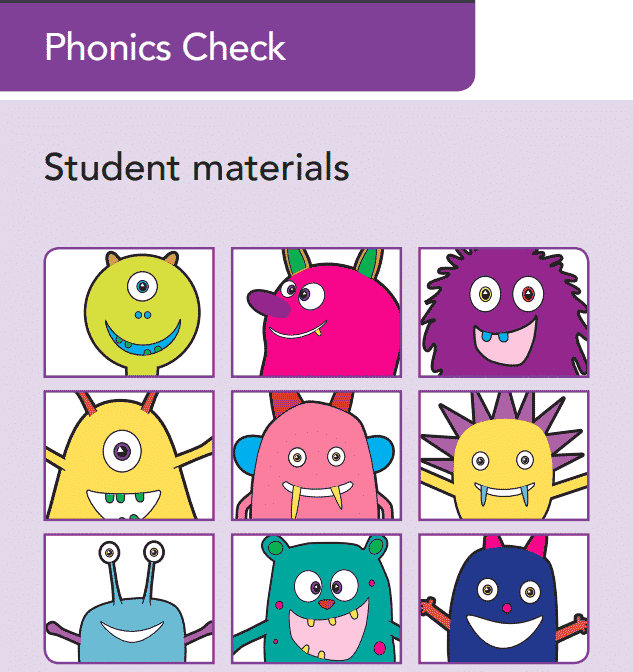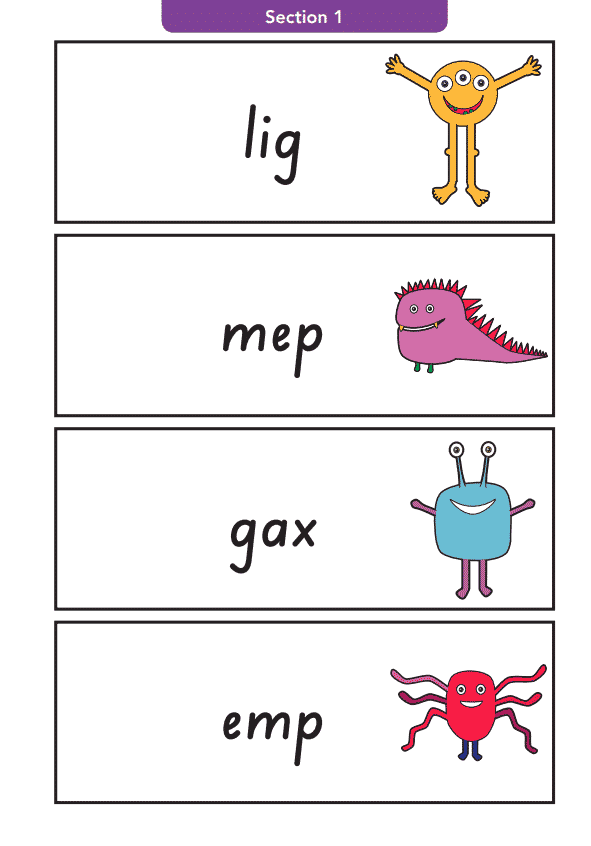The most fundamental responsibility of schools is teaching students to read, spell and write. Literacy affects academic performance in all subjects and is associated with later social, emotional, economic and physical health. The UK Phonics Screening Check assists teachers in identifying early gaps in students’ reading ability.
After decades of multidisciplinary research, the scientific community has largely reached a consensus on how children learn to read, what is effective instruction, what causes literacy difficulties, and how difficulties can be prevented. Unfortunately, much of this research is not reaching the classroom. As a result, literacy results are not as strong as they could be.
PLD has always been committed to preventing literacy difficulties and supports WA’s initiative to follow the lead of NSW and SA in the introduction of the UK Phonics Screening Check. All states implementing the short phonic decoding screen initially secured very poor results, but importantly the screen was a catalyst for change. If you would like some background information on the UK Phonics Screening Check click here.
This blog aims to outline areas for schools to consider as they prepare for the introduction of the UK Phonics Screening Check.
Tip 1: Strive to Implement Structured Synthetic Phonics (SSP)
Schools should be implementing Structured Synthetic Phonics (SSP) programs while making efforts to remove the residual Whole-Language and Balanced Literacy programs and practices which are not evidence-based.
Within many schools around Australia, Whole-Language and Balanced Literacy is still actively being applied. The following 2022 list outlines the recommended SSP programs that schools can confidently select from. PLD is among the recommended options available to schools when implementing the UK Phonics Screening Check.
The article reminds educators that … “phonics needs to be taught systematically, sequentially, cumulatively and on a daily basis – to the point of automaticity. Well-designed programs, such as the examples here, have a clearly designed scope and sequence, building from basic code to advanced code knowledge… Consistent use of the same program, particularly in the early years, reduces the likelihood of cognitive overload by ensuring that the same instructional language, activities, resourcing, and content are used throughout the school. The fundamental difference between the range of high-quality phonics programs currently available is not significant. Rather factors that are likely to influence the success of a program include: the amount and quality of training provided to the teaching staff, the time dedicated to the delivery of content, resourcing and ongoing support available to teachers, and the fidelity of the program delivery.” Read the full article here Bulletin (2022) Vol 58: pp: 12 & 13
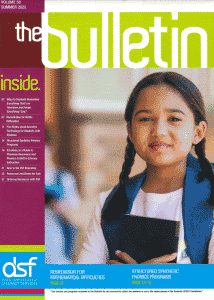
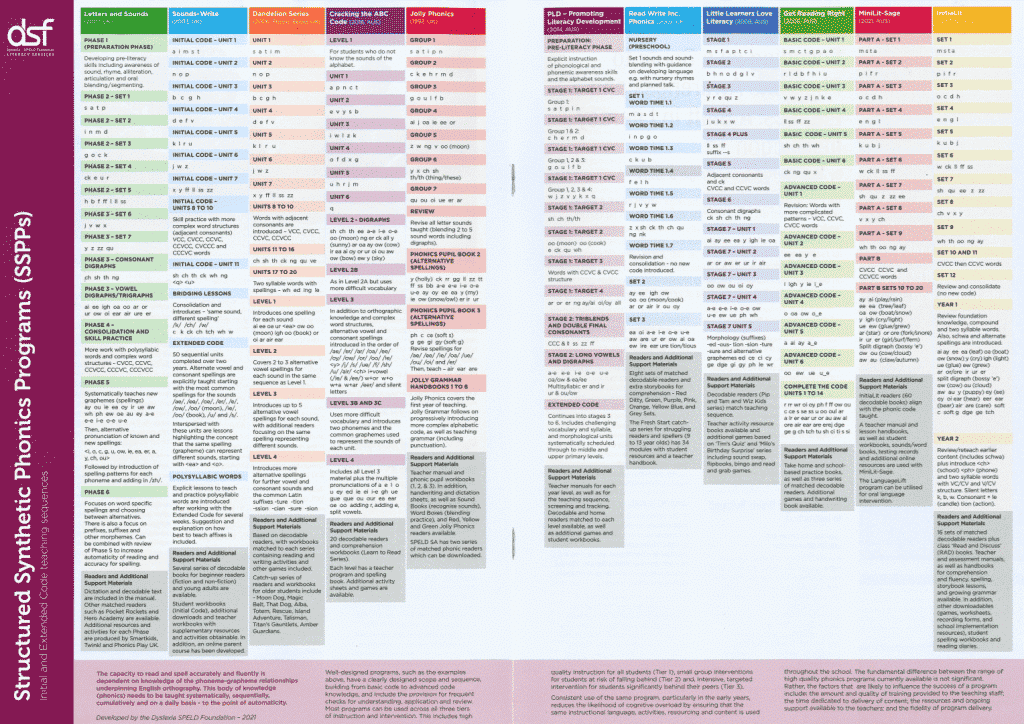
Tip 2: Establish a Whole School Literacy Plan for Best Results
PLD’s updated Whole School Literacy Plan is available to download or can be posted out to schools. The booklet provides a clear outline of the effective implementation of PLD across year levels. It summarises the explicit teaching, the screening, and the effective use of the PLD Tracking Sheets. This will support the school when implementing the UK Phonics Screening Check.

Tip 3: The PLD Tracking Sheets are Essential
To secure the full benefits of PLD, the PLD Tracking Sheets must be implemented. The provision of programs and training is not enough to secure the full implementation benefits. Through the tracking sheets, classroom teachers report on skill development and develop a termly teaching plan. In addition, school leaders can access free support and ‘coaching’ from the PLD team. This will support the school when implementing the UK Phonics Screening Check for Year 1.
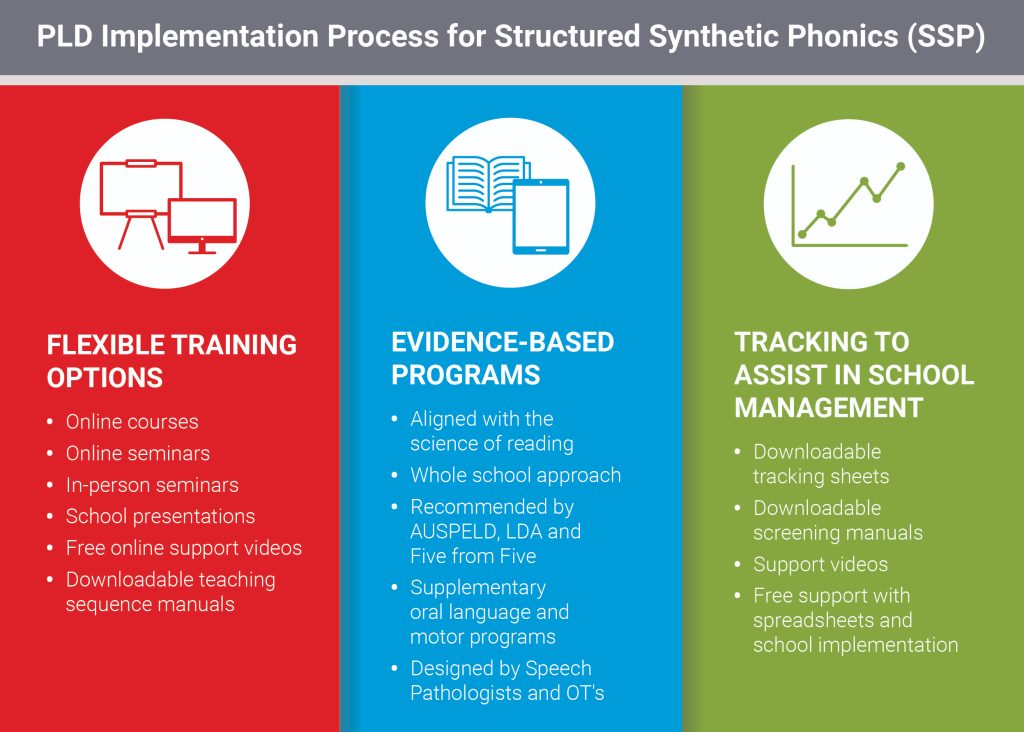

Tip 4: Remove Leveled Reading Books from the School
It is imperative that schools remove leveled readers such as PM and replace them with decodable reading books. Decodable texts are an essential part of the SSP approach and have been proven to be an effective conduit between phonics and reading. Decodable texts support young readers by presenting decodable words that correspond to the phonic concepts they are learning in class. In this way, students practice applying their alphabet, phonic knowledge, and blending skills, and typically develop strong reading accuracy. This will support the school when implementing the UK Phonics Screening Check for Year 1.

Tip 5: Introduce Real & Nonsense Decodable eBooks to Prepare Students for the Phonics Screening Check
Nonsense words are, by definition, words a child will never have seen before. Because children will not have been exposed to them, they won’t be able to use their visual memories to read them. As a rule, nonsense words are recommended as a testing tool rather than a teaching tool. Read more here.
While the instruction of nonsense (or pseudo words) is not imperative, some schools will be searching for additional programs to prepare students for the UK Phonics Screening Check. PLD has a range of Stage 1 nonsense and real word decoding tasks designed for this purpose:
- Real & Nonsense Words Stage 1 Target 1: CVC
- Real & Nonsense Words Stage 1 Target 2: sh, ch, th, oo, ee, qu, wh, ck
- Real & Nonsense Words Stage 1 Target 3: CCVC & CVCC
- Real & Nonsense Words Stage 1 Target 4: ar, or, er, ai, ay, oi, oy
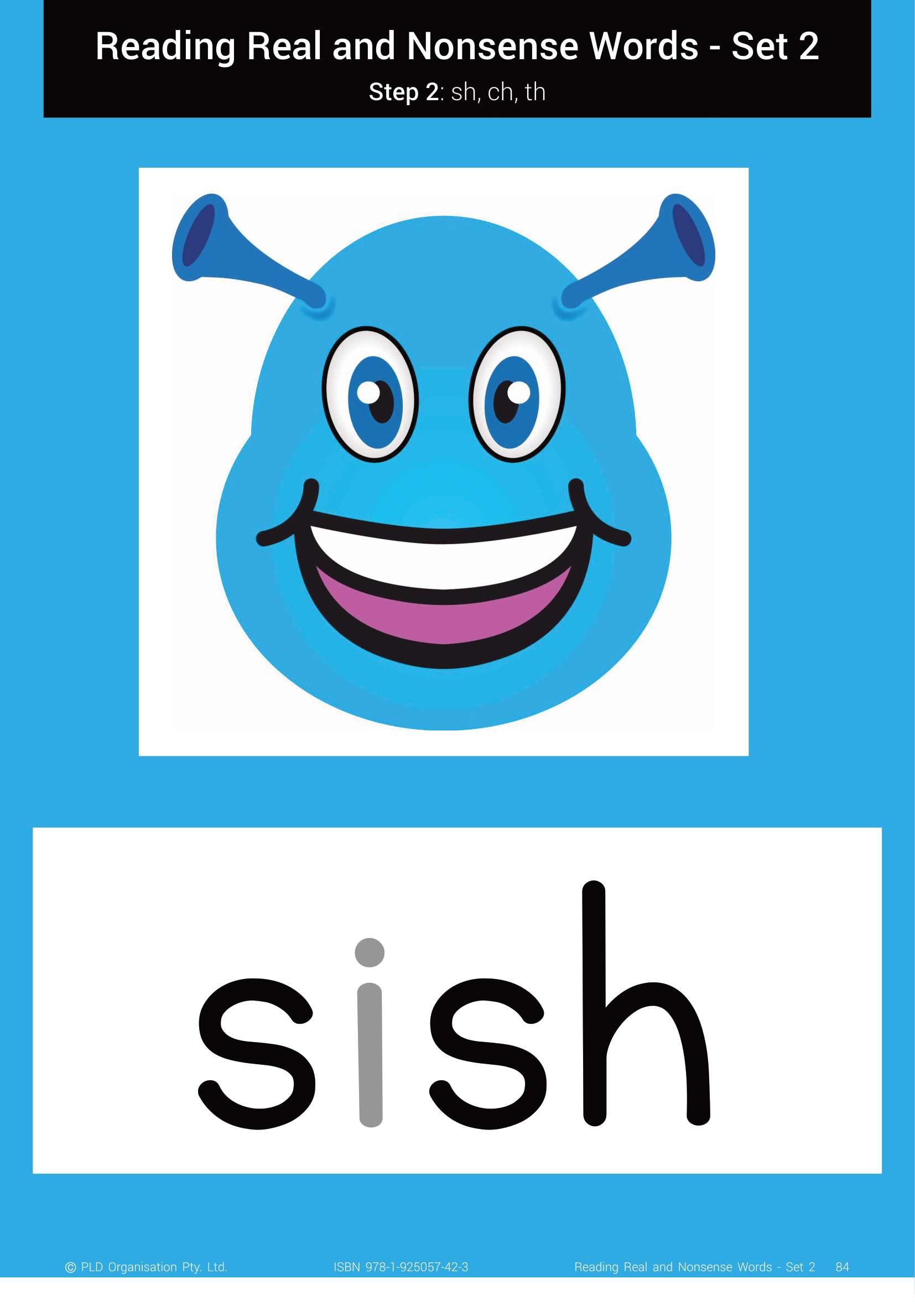
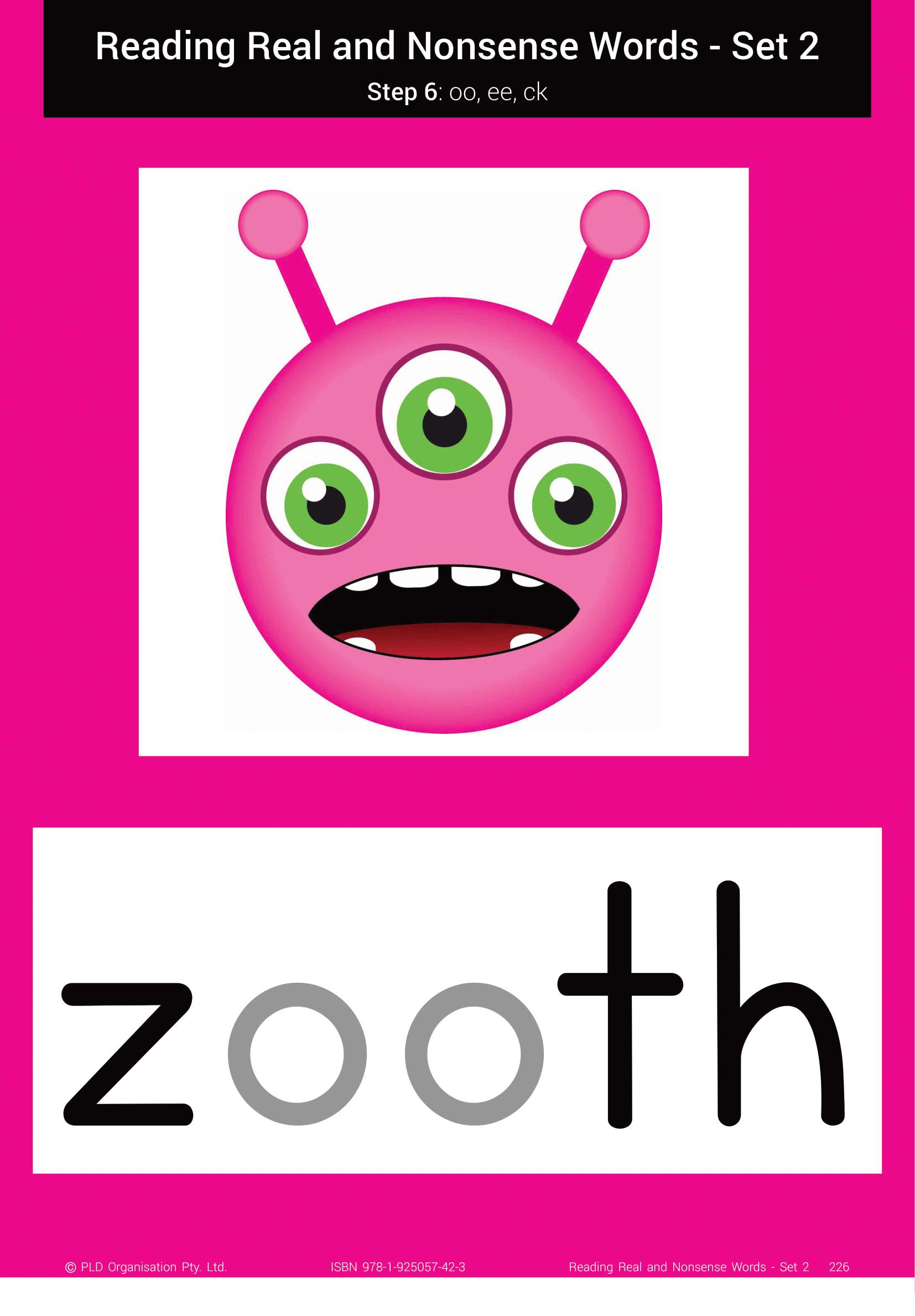
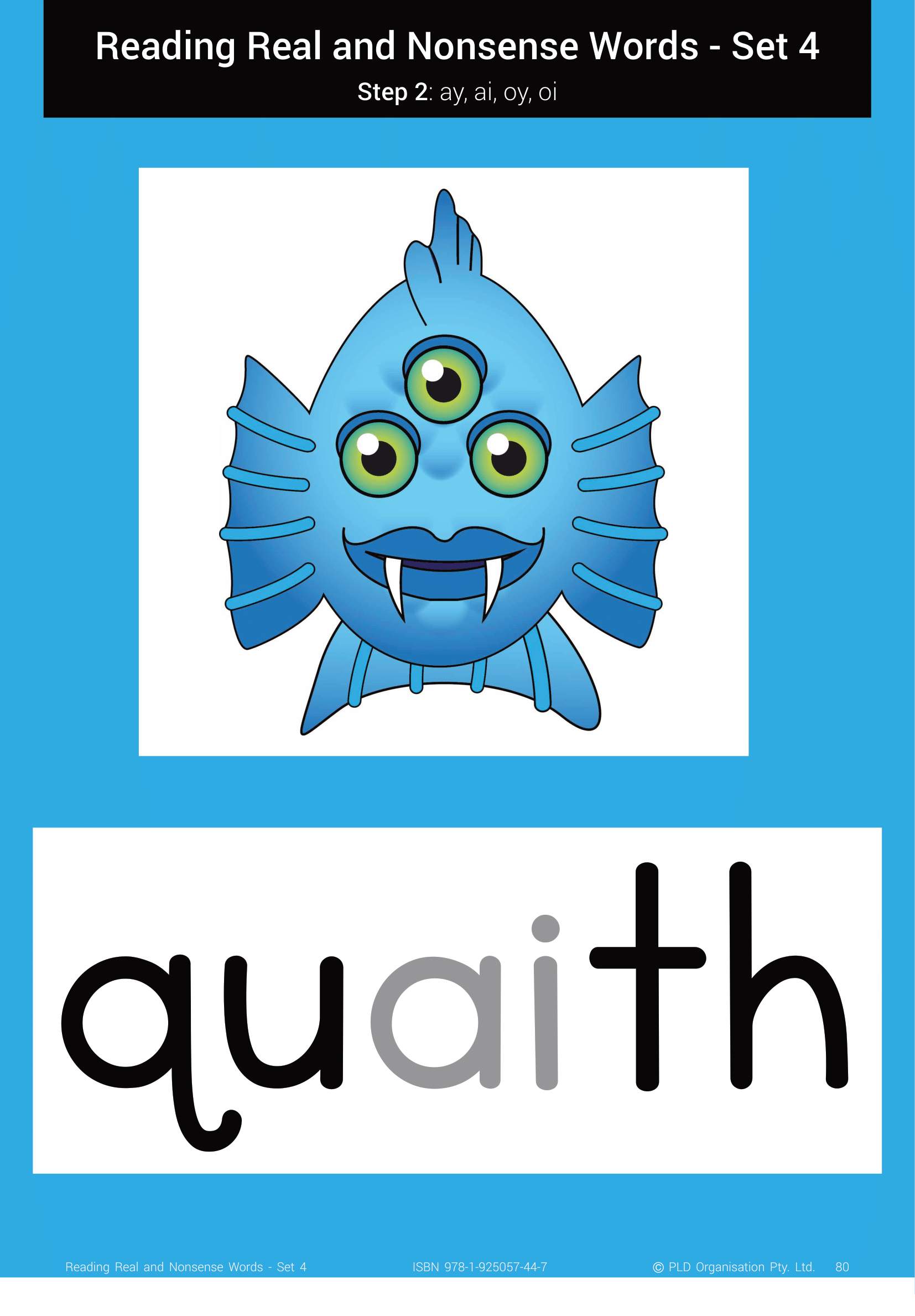

Remember, if Foundation and Year 1 teachers are teaching PLD’s Stage 1 phonic concepts well, the majority of students will secure the required score of 28 out of 40 words read correctly. The Literacy Hub has developed an Australian version of the UK Phonics Check. Using the following Year 1 Phonics Check, the PLD Stage 1 concepts have been highlighted and should be read correctly by Term 3 of Year 1.
Tip 6: Discuss the UK Phonics Screening Check with PLD
Are you still unsure whether PLD is right for your school to prepare adequately for the UK Phonics Screening Check in Year 1?
Please do not hesitate to contact the PLD team for support via mail@pld-literacy.org.
We are here to help!
References
Literacy Hub Year 1 Phonics Check. (2022). Education Services Australia.
Related Blog




 print
print